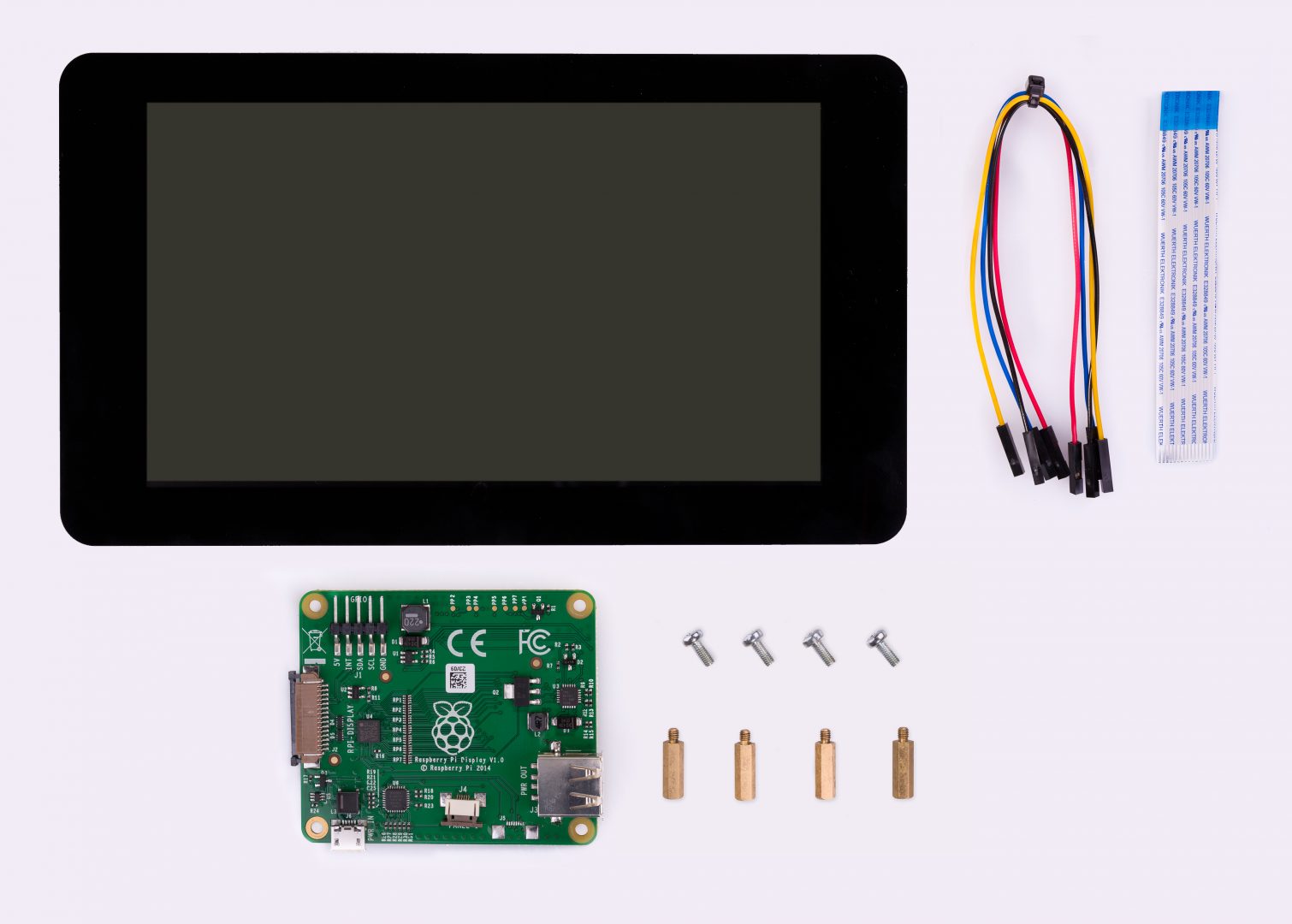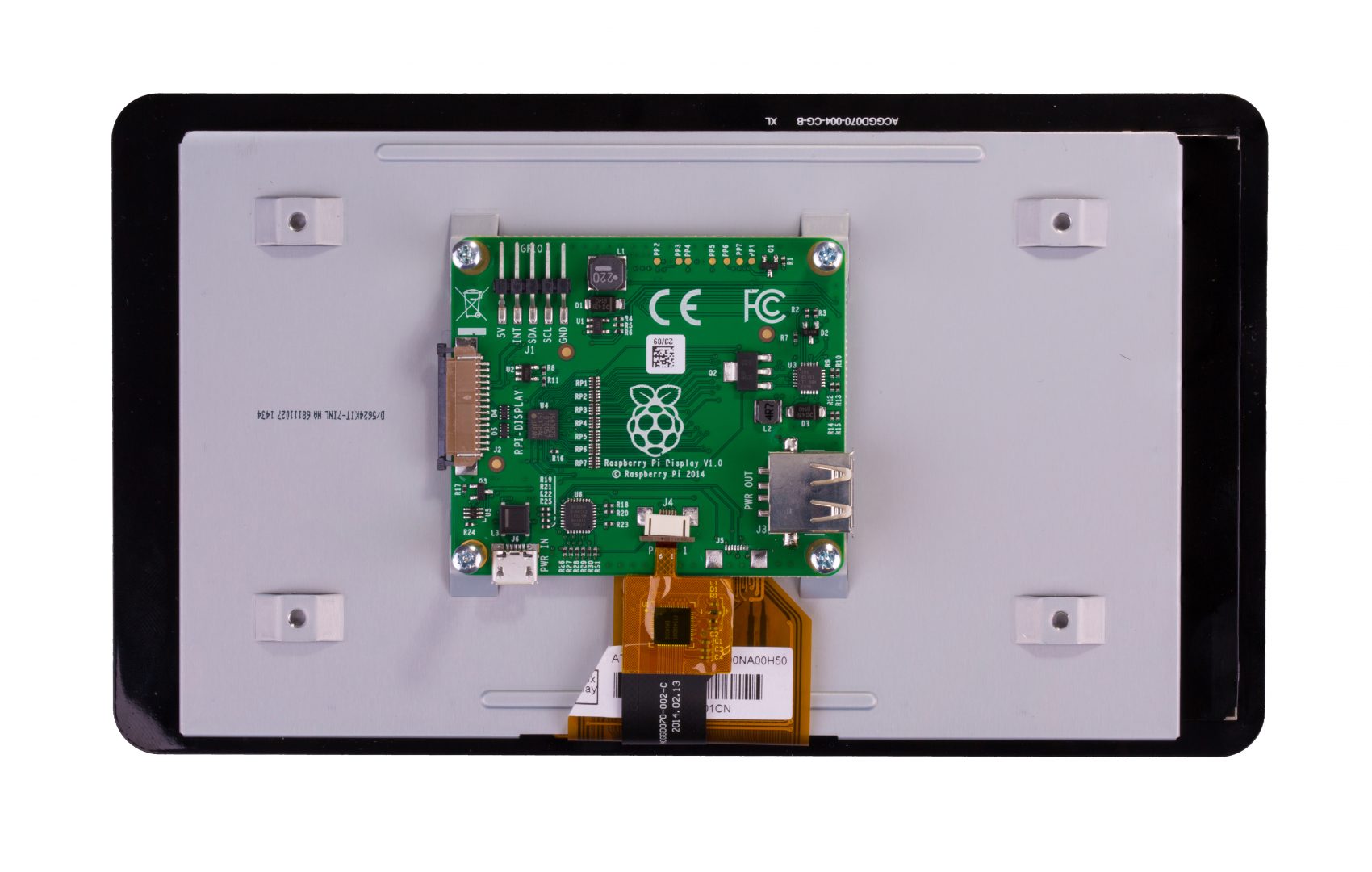Mastering The Art Of Monitor Raspberry Pi Remotely App: Your Ultimate Guide
Ever wondered how you can monitor your Raspberry Pi remotely using an app? Well, you’re not alone! The Raspberry Pi has become a favorite among tech enthusiasts, hobbyists, and professionals alike. With its versatility, it’s no surprise that finding ways to monitor and manage it remotely is a hot topic. In this guide, we’ll dive deep into the world of remote monitoring apps and show you exactly how to keep tabs on your Raspberry Pi from anywhere in the world.
Monitoring your Raspberry Pi remotely isn’t just about convenience—it’s about efficiency. Imagine being able to check on your projects, troubleshoot issues, or even tweak settings without having to physically access your device. Sounds pretty cool, right? Whether you’re running a home server, a security camera system, or a weather station, remote access opens up endless possibilities.
But here’s the kicker: not all remote monitoring apps are created equal. Some are clunky, others lack features, and a few might even compromise your security. That’s why we’ve put together this comprehensive guide to help you navigate the best options, understand the setup process, and get the most out of your Raspberry Pi. So, buckle up and let’s get started!
- Uncovering The Actress Behind Lydia Deetz In The Classic Film Beetlejuice
- Pierce Brosnans Wife A Journey Through Time
Table of Contents:
- Introduction to Remote Monitoring
- Raspberry Pi Basics
- Why Remote Monitoring Matters
- Best Apps for Monitoring Raspberry Pi Remotely
- Setup Guide: Step-by-Step
- Security Considerations
- Troubleshooting Common Issues
- Pro Tips for Efficient Monitoring
- Comparison of Popular Apps
- Future Trends in Remote Monitoring
- Conclusion and Next Steps
Introduction to Remote Monitoring
Let’s kick things off with the basics. Remote monitoring, in simple terms, means being able to control, view, or interact with a device from a different location. For Raspberry Pi users, this translates to accessing your Pi’s interface, running commands, or checking its status without needing to be physically present.
There are tons of reasons why remote monitoring is a game-changer. First off, it saves time. Instead of rushing home to tweak a setting or check on your project, you can do it from your phone or laptop while sipping coffee at your favorite café. Plus, it adds a layer of flexibility to your workflow, making it easier to manage multiple projects or collaborate with others.
And let’s not forget the security aspect. With remote monitoring, you can keep an eye on your Pi’s performance, detect potential issues early, and even set up alerts for critical events. Now, who wouldn’t want that?
Raspberry Pi Basics
Before we dive deeper, let’s quickly go over what makes the Raspberry Pi so special. The Raspberry Pi is essentially a small, affordable computer that can run a variety of operating systems and applications. It’s lightweight, energy-efficient, and incredibly versatile, making it perfect for everything from DIY projects to enterprise-level solutions.
Here’s a quick rundown of its key features:
- Compact Size: Small enough to fit in your pocket but powerful enough to handle complex tasks.
- Customizability: You can install different operating systems, configure settings, and add hardware components to suit your needs.
- Community Support: With a massive community of users, finding tutorials, scripts, and advice is a breeze.
- Cost-Effective: Affordable pricing without compromising on performance.
Now that we’ve covered the basics, let’s explore why remote monitoring is such a big deal for Raspberry Pi users.
Why Remote Monitoring Matters
Remote monitoring isn’t just a nice-to-have feature—it’s essential for anyone serious about their Raspberry Pi projects. Here’s why:
Convenience
Let’s face it—life gets busy. With remote monitoring, you can stay connected to your Pi no matter where you are. Whether you’re at work, on vacation, or just lounging around, you’ll always have access to your device.
Efficiency
Imagine being able to automate tasks, monitor system performance, and troubleshoot issues in real-time. Remote monitoring apps allow you to streamline your workflow, saving you time and effort.
Security
Security is a top priority for any tech-savvy individual. By keeping an eye on your Pi’s activity, you can detect and prevent potential threats before they cause damage. Plus, many remote monitoring apps come with built-in security features to keep your data safe.
Best Apps for Monitoring Raspberry Pi Remotely
Now that you know why remote monitoring is important, let’s talk about the tools you’ll need. There are plenty of apps out there designed specifically for Raspberry Pi users, each with its own set of features and benefits. Here are some of the best options:
1. VNC Viewer
VNC Viewer is a popular choice for remote desktop access. It allows you to view and control your Raspberry Pi’s desktop interface from any device. With VNC, you can run applications, browse files, and even stream media—all from the comfort of your couch.
2. SSH (Secure Shell)
SSH is a classic tool for remote command-line access. While it may not offer the graphical interface of VNC, it’s lightweight, secure, and perfect for running scripts or managing system settings. Plus, it’s free and easy to set up!
3. WebIOPi
WebIOPi is a web-based interface that lets you control your Raspberry Pi’s GPIO pins remotely. This makes it ideal for IoT projects, robotics, and home automation systems. With WebIOPi, you can build interactive dashboards and control your Pi’s hardware from anywhere.
4. Pi-hole
While primarily known as an ad-blocker for your network, Pi-hole also offers remote monitoring capabilities. You can track DNS queries, block ads, and manage your network settings from a web-based dashboard.
Setup Guide: Step-by-Step
Setting up remote monitoring for your Raspberry Pi might sound intimidating, but it’s actually quite straightforward. Here’s a step-by-step guide to help you get started:
Step 1: Install the Necessary Software
Depending on the app you choose, you’ll need to install the corresponding software on your Raspberry Pi. For example, if you’re using VNC Viewer, you’ll need to install the VNC Server on your Pi. Most apps come with detailed installation instructions, so follow them carefully.
Step 2: Configure Network Settings
Ensure your Raspberry Pi is connected to the internet and has a static IP address. This will make it easier to access your device remotely. You may also need to configure port forwarding on your router, especially if you’re accessing your Pi from outside your local network.
Step 3: Secure Your Connection
Security should always be a top priority. Use strong passwords, enable two-factor authentication if available, and consider setting up a firewall to protect your Pi from unauthorized access.
Step 4: Test Your Setup
Once everything is configured, test your setup by accessing your Raspberry Pi remotely. Make sure you can connect without any issues and that all features are working as expected.
Security Considerations
While remote monitoring offers countless benefits, it’s important to be aware of potential security risks. Here are a few tips to keep your Raspberry Pi safe:
- Use strong, unique passwords for all accounts.
- Enable two-factor authentication whenever possible.
- Keep your software and firmware up to date.
- Monitor network activity for suspicious behavior.
- Consider using a virtual private network (VPN) for added security.
Troubleshooting Common Issues
Even with the best setup, issues can arise. Here are some common problems and how to fix them:
Connection Issues
If you’re having trouble connecting to your Raspberry Pi, double-check your network settings, IP address, and port configurations. Make sure your router isn’t blocking the necessary ports and that your Pi is properly connected to the internet.
Slow Performance
Remote monitoring can sometimes slow down your Raspberry Pi, especially if you’re running resource-heavy apps. To improve performance, try optimizing your software, closing unnecessary programs, and upgrading your hardware if needed.
Security Breaches
If you suspect your Raspberry Pi has been compromised, act fast. Change all passwords, disable remote access temporarily, and scan your system for malware. Consider resetting your Pi to its default settings if necessary.
Pro Tips for Efficient Monitoring
Here are a few pro tips to help you make the most out of your remote monitoring setup:
- Set up automated alerts for critical events.
- Use scripts to automate repetitive tasks.
- Regularly back up your data to avoid losing important information.
- Experiment with different apps to find the one that best suits your needs.
- Join online communities to learn from other Raspberry Pi users and share your experiences.
Comparison of Popular Apps
Still not sure which app to choose? Here’s a quick comparison of some of the most popular options:
| App | Features | Pros | Cons |
|---|---|---|---|
| VNC Viewer | Remote desktop access | User-friendly interface | Resource-heavy |
| SSH | Command-line access | Lightweight and secure | No graphical interface |
| WebIOPi | GPIO control | Perfect for IoT projects | Requires coding knowledge |
| Pi-hole | Ad-blocking and DNS monitoring | Easy to set up | Limited remote features |
Future Trends in Remote Monitoring
The world of remote monitoring is constantly evolving. Here are a few trends to watch out for:
- AI Integration: Expect more apps to incorporate AI for predictive maintenance and automated decision-making.
- Cloud-Based Solutions: Cloud services will continue to play a major role in remote monitoring, offering scalable and flexible options.
- Enhanced Security: As cyber threats become more sophisticated, remote monitoring apps will need to step up their security game.
- IoT Expansion: With the growing popularity of IoT devices, remote monitoring apps will become even more essential for managing smart homes and businesses.
Conclusion and Next Steps
Monitoring your Raspberry Pi remotely using an app opens up a world of possibilities. From increased convenience and efficiency to enhanced security, the benefits are undeniable. By choosing the right app, setting it up properly, and following best practices, you can take full advantage of your Raspberry Pi’s capabilities.
So, what’s next? Start by experimenting with different apps to find the one that suits your needs. Join online communities to learn from others and share your experiences. And most importantly, have fun exploring the endless possibilities of remote monitoring!
Don’t forget to leave a comment below and let us know which app you’re planning to try first. Share this article with your friends and check out our other guides for more Raspberry Pi tips and tricks. Happy hacking!



Detail Author:
- Name : Miss Noemi Collier Sr.
- Username : aliya16
- Email : velma.cremin@rath.info
- Birthdate : 1978-09-07
- Address : 72322 Schaefer Motorway Suite 193 Juniorchester, WI 29959
- Phone : 860.540.4574
- Company : Prosacco-Wunsch
- Job : Umpire and Referee
- Bio : Voluptas ut ea fugiat sed labore possimus. Id omnis voluptates qui minima nisi beatae sed eum. Cupiditate ipsum commodi voluptas officiis optio dicta incidunt sed.
Socials
linkedin:
- url : https://linkedin.com/in/karina4228
- username : karina4228
- bio : Explicabo est magni laudantium ipsum molestiae.
- followers : 6789
- following : 2038
tiktok:
- url : https://tiktok.com/@karina_id
- username : karina_id
- bio : Aliquid veniam omnis odio minima rerum in nisi magnam.
- followers : 4809
- following : 1565